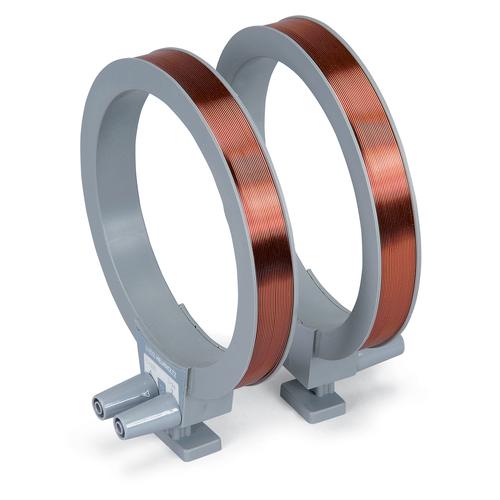Lab 13:
Reflections and Mirrors
In lab 13 we experimented mirrors to see how they reflect images
and how reflection truly works. Reflections are based on how light reflects off
of the reflective surface of a mirror. This causes the light to then be bounced
equal arc of which some will bounce into a human eye to be perceived and
viewed. This equal arc also causes the light to occupy a fixed point, and based
on the mirrors position causes how we can move into and out of view of the
mirror. Throughout our experiments we found that these points will be fixed and
will perceive the same amount of the person no matter how far away the person
is from the mirror, if it can’t see your legs at 5 ft away, it can’t see them
10-15- or even 20 ft away. As a result we were asked, what is the minimum size
we can have in a mirror for it to be able to see our entire body and reflect it
back at us.
To figure this out we realized that the
point on the mirror that we needed to adjust was the midpoint, the area where
the light bounced off of the mirror and back at us. We calculated that since
the angle was always the same we could use a midpoint on our own body’s
dimensions to figure out how to calculate the size. Because the rays always had
to reflect to our eyes, we measured the distance from our toes to our eyes,
from our shoulders to the opposite eye, and from the top of our heads to our
eyes. I am personally 6'4 and had the following calculations, 182 cm toe to
eyes, 8 cm top of head to eyes, and roughly 40 cm shoulder to opposite eye. We
then halved this data to use their midpoint, and then added the measurements
that would be used to find the mirrors dimensions, namely the head and toe
points for height, and the shoulder points for width. After computing this i
found that for a mirror to be properly sized for me it would need to be 95 cm
tall and 40 cm wide.
Errors
As usual we did have plenty of
opportunities for error. One major problem we could have had is problems
measuring and rounding, as all we had was a yard stick that had to be flipped
and remeasured to measure our overall height. We also had problems rounding and
would commonly round to the nearest centimeter for easy use, which could
provide some problems given that the dimensions needed to be exact, but a few
millimeters will not make a noticeable or major difference.



